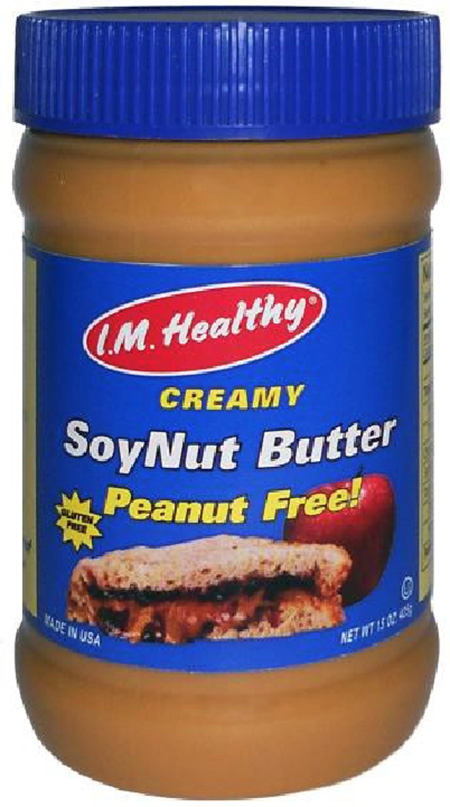FDA updates nutritional requirements a food must meet to use the claim “healthy” on the package

The U.S. Food and Drug Administration (FDA) announced today it has updated the nutritional requirements a food must meet to use the claim “healthy” on the package, which includes criteria a food must meet to use the “healthy” claim on the package. The FDA also is exploring the development of a symbol to represent the claim “healthy” to make it easier to spot foods that can be the foundation of healthy eating patterns.
Updating the “Healthy” Definition on Food Packaging
The last time “healthy” was defined on packaging was in the 1990s. Based on the nutrition science and federal dietary guidelines at that time, the definition was solely focused on individual nutrients; for example, it included limits for saturated fat, total fat, cholesterol, and sodium and required a certain amount of beneficial nutrients like certain vitamins, minerals, fiber, and protein.
With a greater understanding of dietary patterns and their effects on health, and FDA recognizes that foods are made up of a variety of nutrients that work together as part of a healthy dietary pattern.
To be consistent with the latest nutrition science and federal dietary guidelines the updated definition of “healthy” requires that:
- A food must contain a certain amount of a food group like fruits, vegetables, grains, protein foods, or dairy.
- A food can’t contain too much saturated fat, sodium, or added sugars.
How the “Healthy” Claim Works
Placing a “healthy” claim on a food package is voluntary. If manufacturers choose to do it, their products must have the nutrient content required by the “healthy” definition. Manufacturers who choose to use the “healthy” claim can use the new criteria starting on February 25, 2025.
Here are some examples of what qualifies to use the “healthy” claim under the updated definition:
- Nuts and seeds, olive oils, higher-fat fish, like salmon, and eggs would qualify as healthy because of their nutrient profile. They didn’t qualify under the previous definition.
- Water. While water isn’t part of a food group, it is considered an optimal beverage by the Dietary Guidelines.
Here are some examples of what no longer qualifies to use the “healthy” claim under the updated definition:
- Fortified white bread, highly sweetened yogurt, highly sweetened cereal.
For more details, see Use of the Term Healthy on Food Labeling.